
Jewelry Designers Throughout history
Explore the fascinating history of Guccio Gucci, the visionary founder of the iconic fashion house Gucci. Discover his early life, the birth of the brand, and how Gucci’s luxurious jewelry and watches became symbols of elegance and sophistication.

Guccio Gucci
The Visionary Behind Gucci
Guccio Gucci’s name is synonymous with luxury, quality, and timeless fashion. As the founder of one of the world’s most prestigious fashion houses, Gucci’s journey from humble beginnings to global success is a testament to his entrepreneurial spirit and innovative vision. In this blog, we’ll delve into the life of Guccio Gucci, the creation and evolution of the Gucci brand, and how Gucci jewelry and watches have become iconic symbols of luxury.
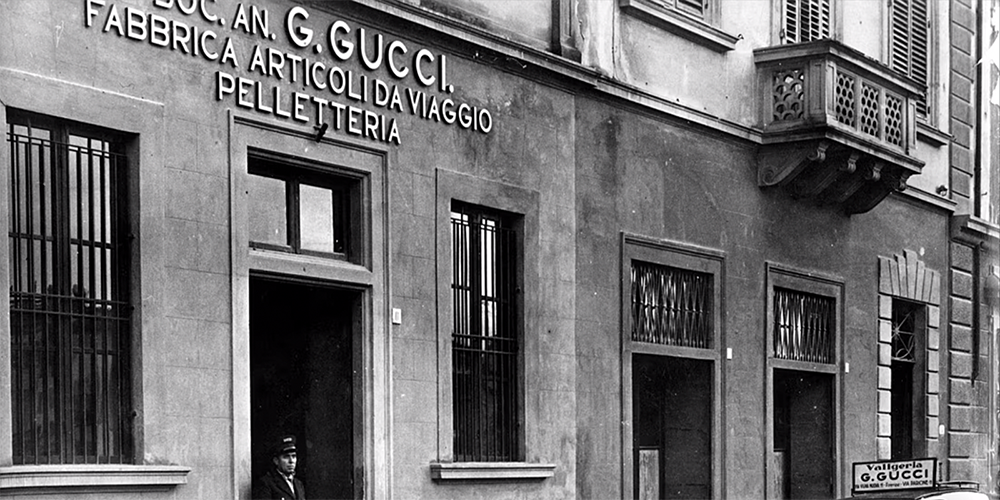
Early Life and Beginnings
Guccio Gucci was born on March 26, 1881, in Florence, Italy. Growing up in a modest household, Gucci was exposed to the world of craftsmanship and artisanal skills at an early age. His father, a leather craftsman, inspired his initial interest in fine materials and design. Despite his humble beginnings, Gucci aspired to create something extraordinary that would leave a lasting legacy.
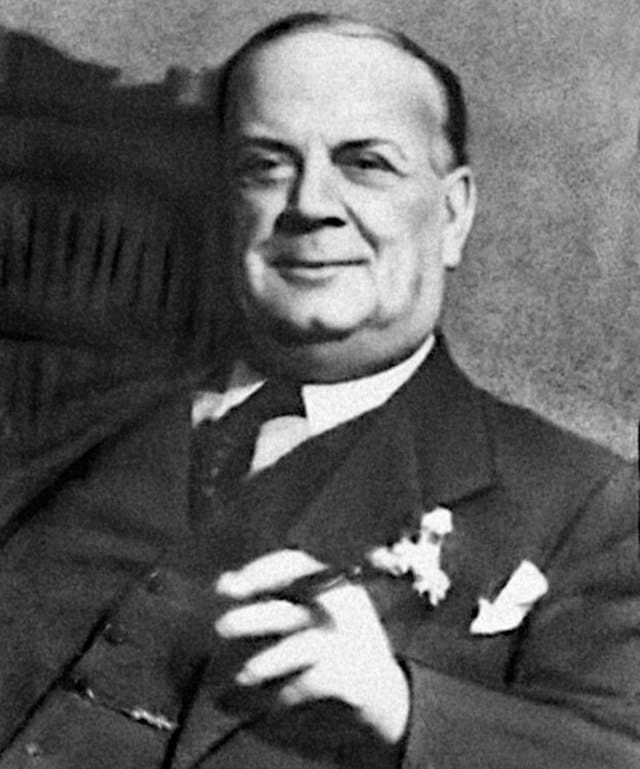
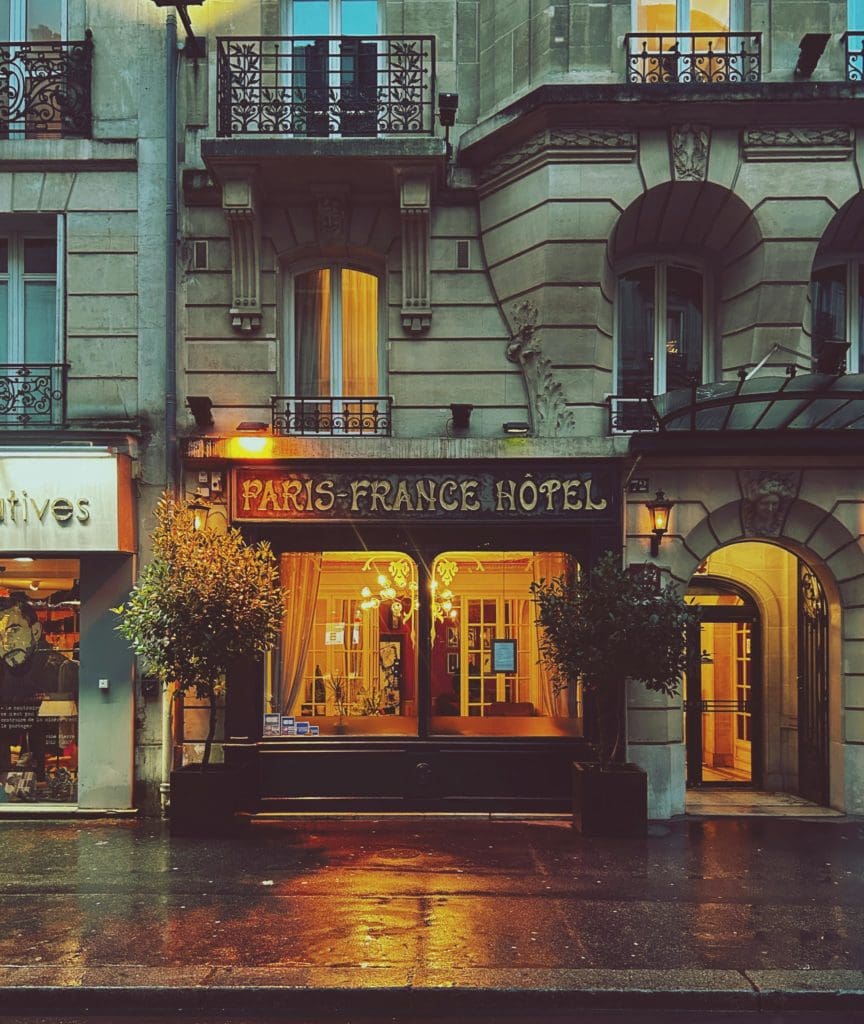
In his early twenties, Gucci left Italy to seek new opportunities in London. He found work as a lift attendant at the prestigious Savoy Hotel, where he observed the sophisticated lifestyles of the guests. This experience ignited his passion for luxury goods and high fashion, setting the stage for his future endeavors in the fashion industry.
Founding of the Gucci Brand

In 1921, Guccio Gucci returned to Florence and opened a small leather goods and luggage store. Combining his father’s craftsmanship skills with his newfound appreciation for luxury, Gucci focused on creating high-quality leather products that catered to affluent travelers. His keen attention to detail and commitment to quality quickly gained recognition, and the Gucci brand began to grow.
By the 1930s, Gucci’s reputation for excellence had spread beyond Italy, attracting a sophisticated clientele that included celebrities and aristocrats. The brand’s signature horsebit motif, inspired by the equestrian world, was introduced during this time and became a hallmark of Gucci’s identity. This period marked the beginning of Gucci’s transformation from a local business to an international luxury brand.
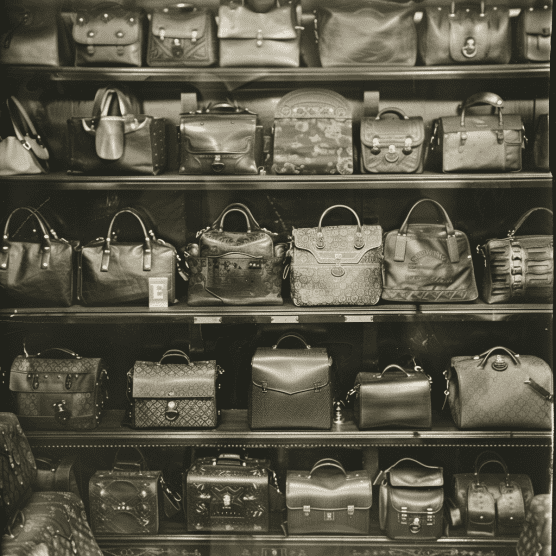
Expansion and Global Recognition
Under Guccio Gucci’s leadership, the brand continued to expand throughout the mid-20th century. Gucci opened new stores in Rome and Milan, establishing a strong presence in Italy’s fashion capitals. The brand’s commitment to innovation led to the introduction of iconic products like the bamboo handbag and the green-red-green web stripe, further cementing Gucci’s status as a leader in luxury fashion.
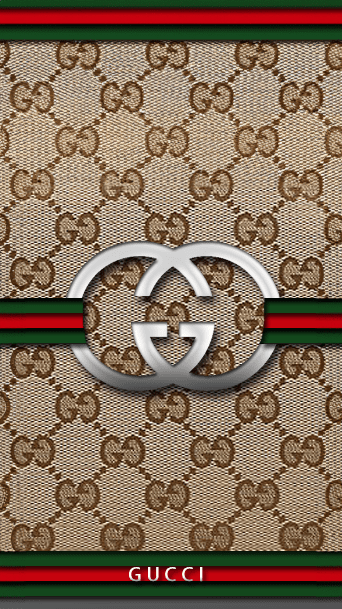
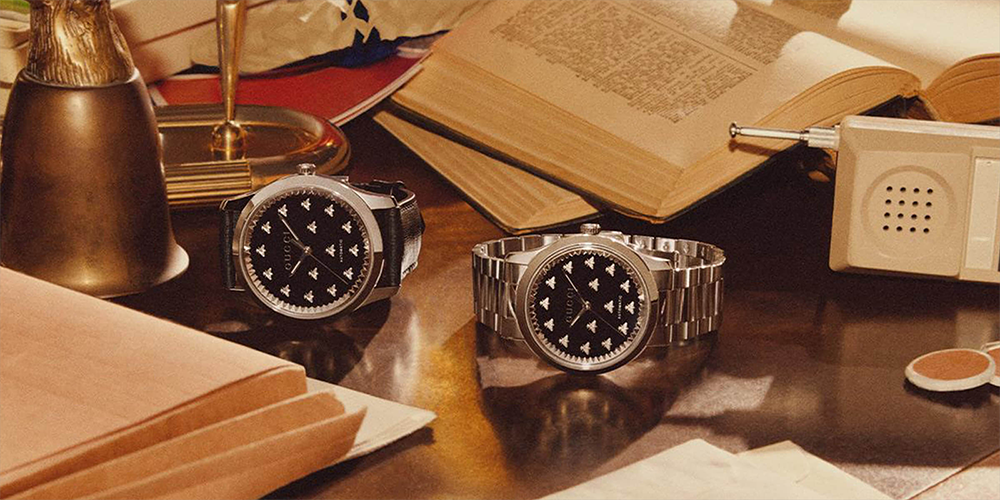
The post-war era brought significant changes to the fashion industry, and Gucci adapted by embracing new materials and designs. In 1953, the first Gucci store opened in New York City, marking the brand’s entry into the American market. This expansion introduced Gucci to a global audience and solidified its reputation as a symbol of sophistication and prestige.
Gucci Jewelry and Watches
Gucci’s venture into jewelry and watches began in the 1960s, reflecting the brand’s commitment to luxury and craftsmanship. The introduction of Gucci jewelry was a natural extension of its fashion offerings, featuring bold designs that combined Italian elegance with modern sensibilities. Gucci’s jewelry collections quickly gained popularity among fashion-forward individuals who appreciated the brand’s unique style.
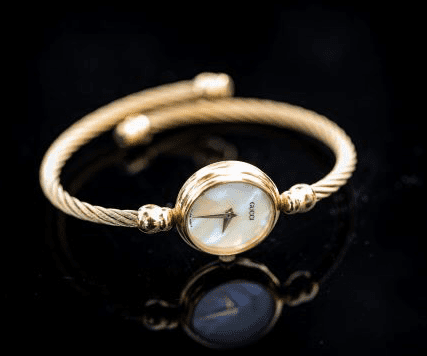
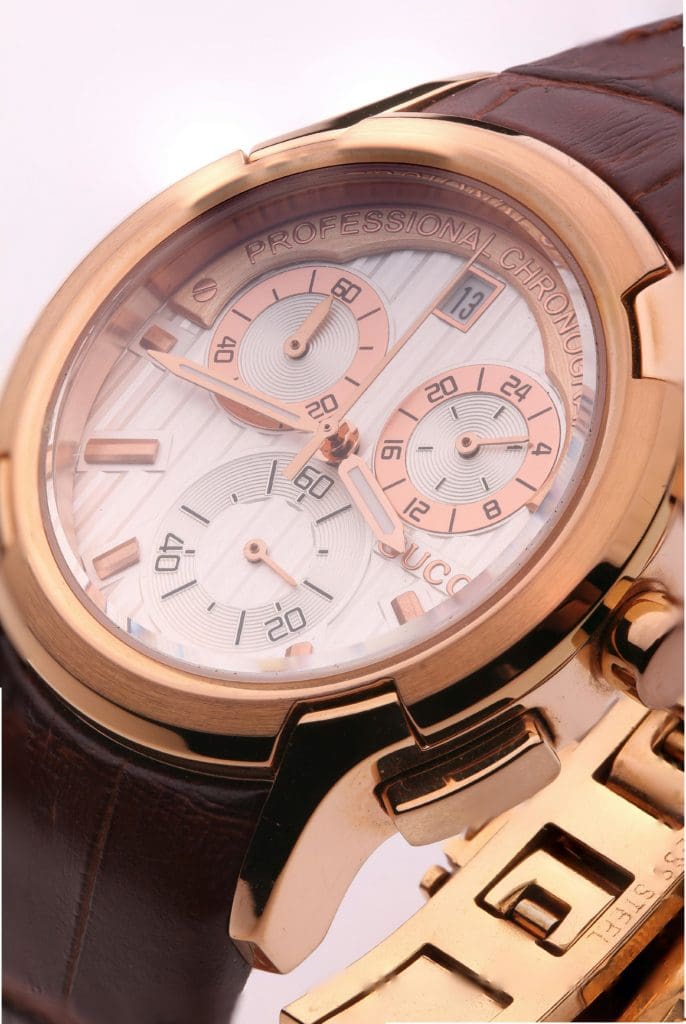
Gucci watches, introduced around the same time, became renowned for their precision and elegance. The brand’s watches featured the iconic Gucci motifs, such as the interlocking G logo and the green-red-green stripe, making them instantly recognizable. Today, Gucci jewelry and watches are celebrated for their timeless appeal and remain essential elements of the brand’s legacy.
The Legacy of Guccio Gucci
Guccio Gucci passed away in 1953, but his legacy continues to thrive through the brand he founded. Under the leadership of his sons and later generations, Gucci expanded its product offerings to include clothing, accessories, fragrances, and home décor. The brand’s ability to evolve while staying true to its core values has ensured its enduring success in the ever-changing fashion landscape.
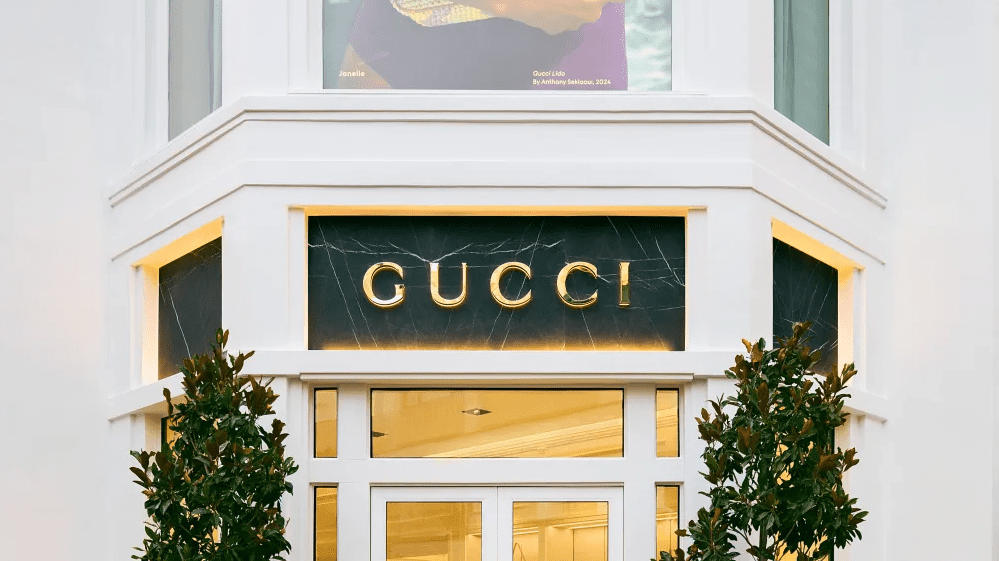
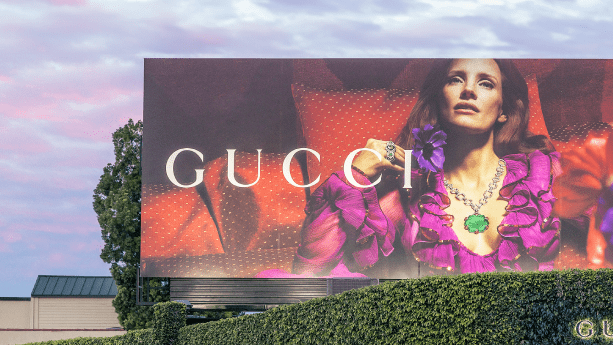
In recent years, Gucci has experienced a resurgence of popularity, thanks to a renewed focus on creativity and innovation. The brand’s bold designs and commitment to sustainability have resonated with a new generation of consumers, further cementing Gucci’s status as a global fashion powerhouse.
Resources:
- Gucci | History, Fashion, Logo, & Facts: https://www.britannica.com/
- History of GUCCI: https://www.gucci.com/a>
- ¹Gucci workshop, Lungarno Guicciardini 11, Florence, 1940s by Gucci Archive: https://www.gucci.com/
- ²Guccio Gucci by Unknown Author: https://commons.wikimedia.org/
- ³ Gucci Logo by Gee37thst: https://www.deviantart.com/
- ⁴Gucci Store by Pablo Enriquez via The Hollywood Reporter: https://tdsblog.com/
- ⁵Gucci Billboard by Pablo Enriquez via Variety: https://variety.com/
Inspired by Guccio Gucci?
If Guccio Gucci’s story sparks in you a passion to challenge conventional boundaries or to blend traditional elegance with contemporary innovation, My Jewelry Repair is here to make your vision a reality. Let us be your partner in restoring a piece of jewelry that doesn’t merely decorate but tells the unique story of your personal journey, continuing the legacy of creativity and transformation.

Check Out the Magic of Our Jewelry Services!

I enjoy reading your stories, please keep them coming